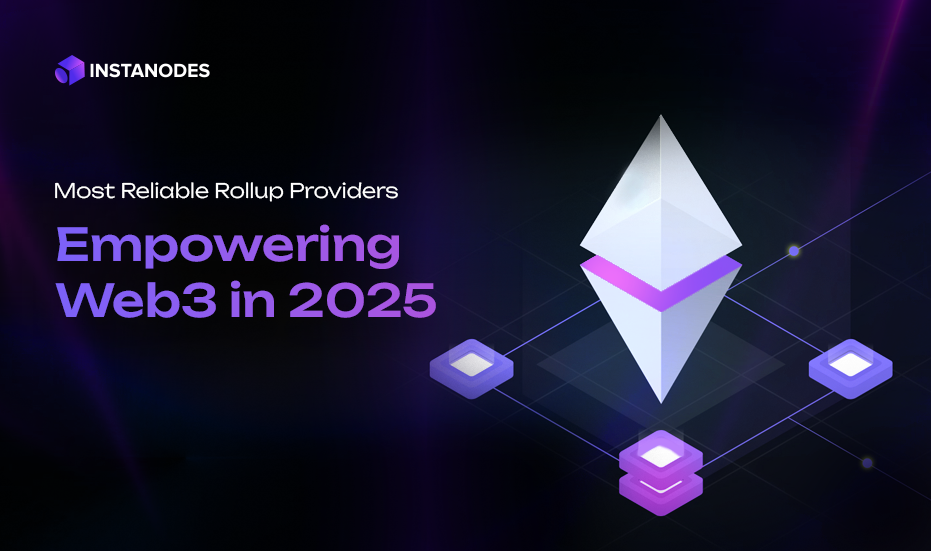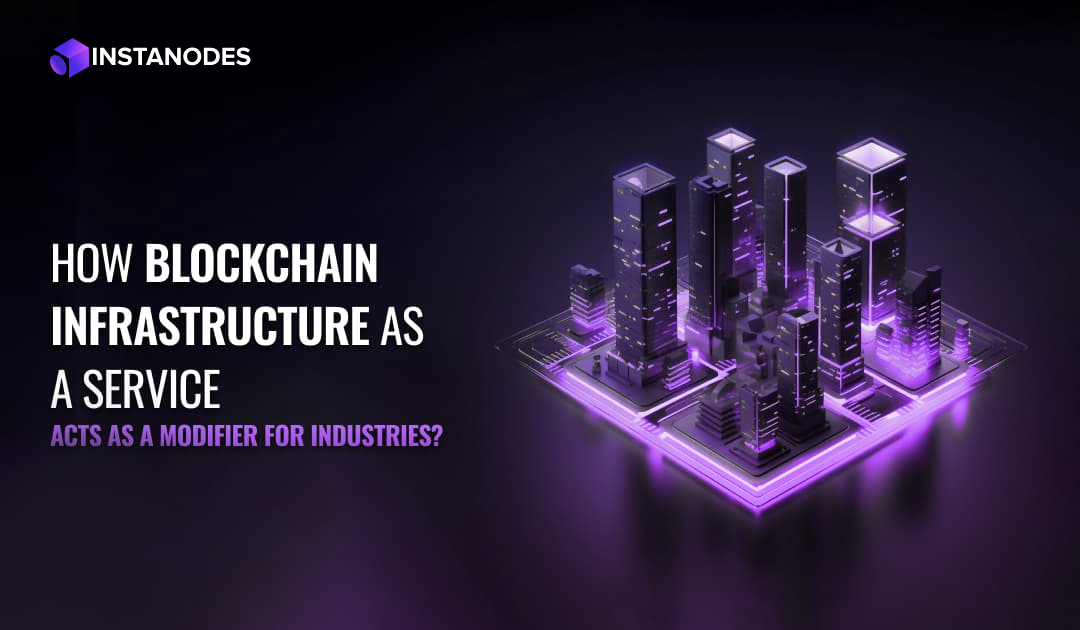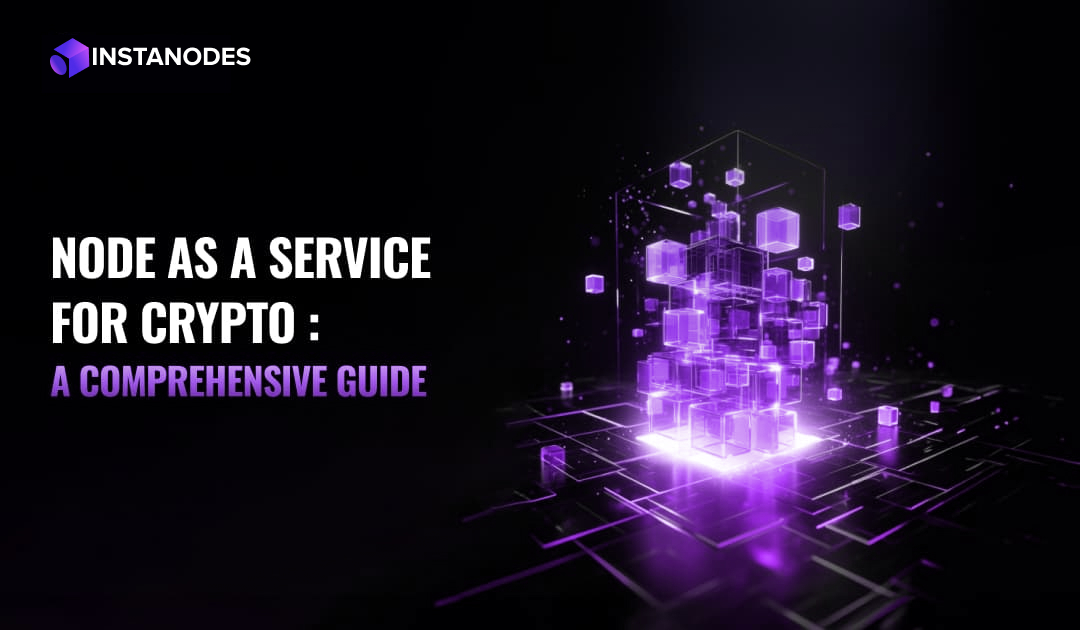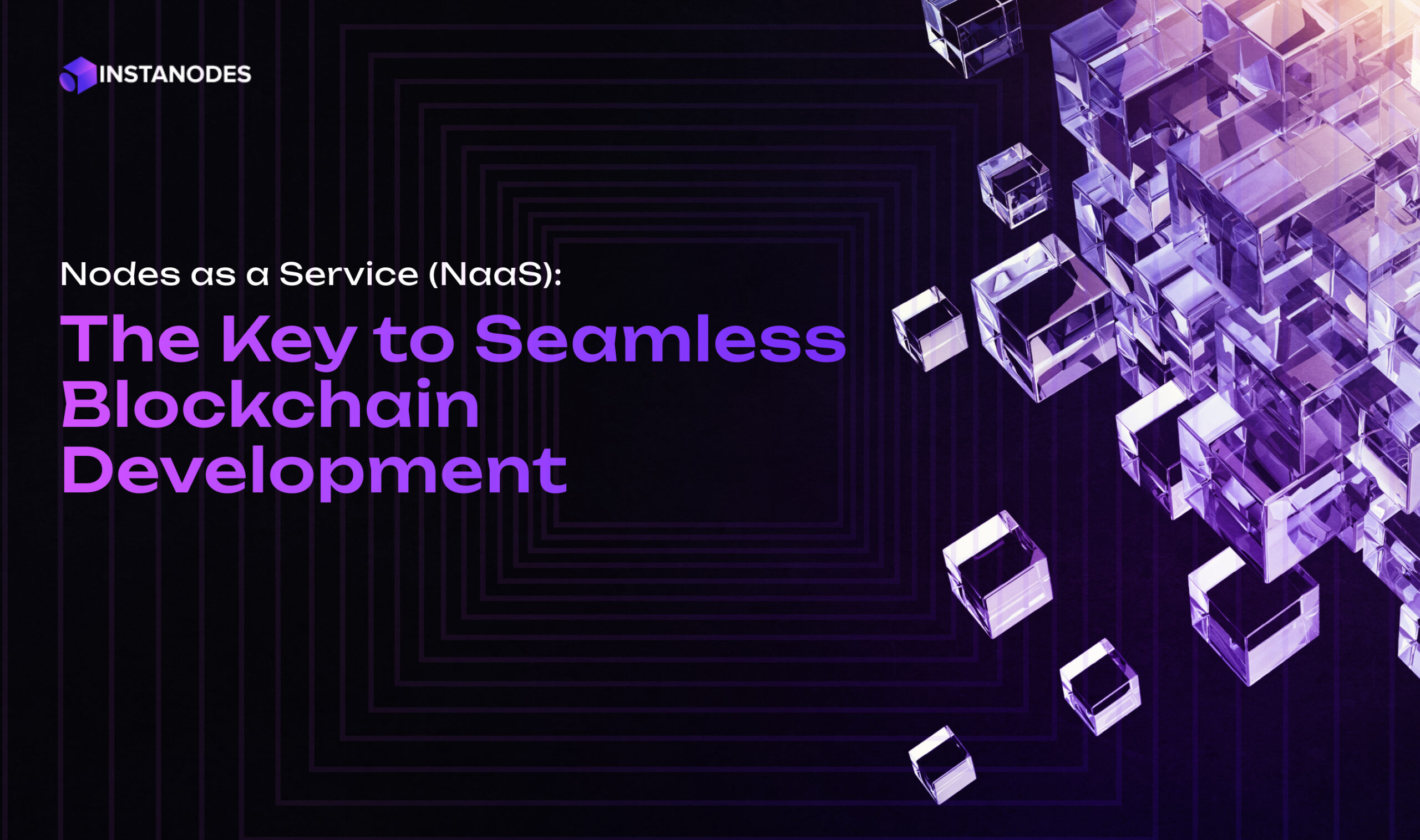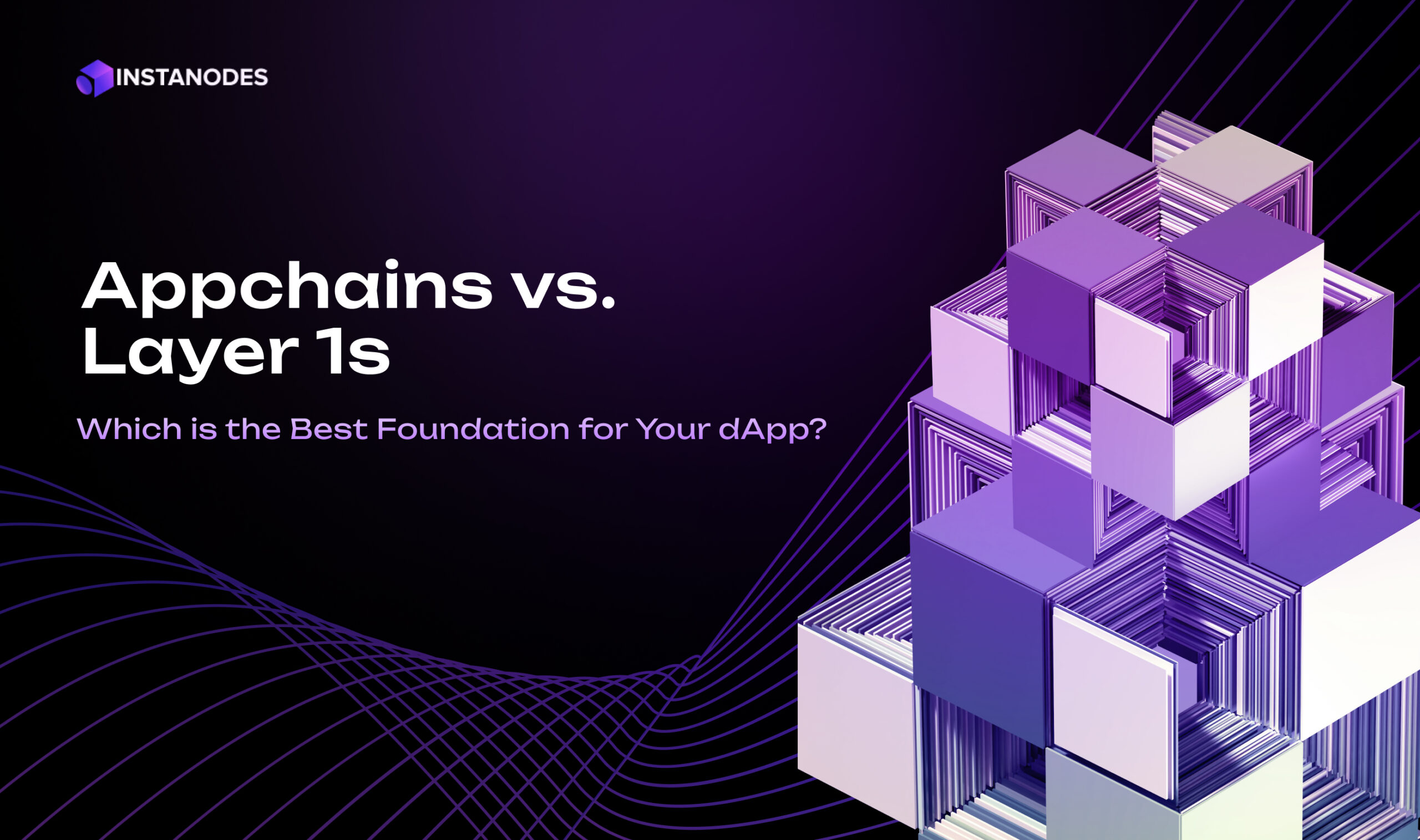Each blockchain programmer has probably experienced that same infuriating moment — your DeFi application is picking up steam, users are engaged, and then… the world comes to a halt all of a sudden. Gas prices shoot up to $50, confirmation times creep over 10 minutes, and your otherwise promising venture begins hemorrhaging users.
This happens with thousands of blockchain ventures every day, which compels enterprises to make a choice between decentralization and user experience. There are different scaling solutions that have been in use for years, but they seem to be inadequate in the current scenario when more and more people are tending towards blockchain-enabled applications, including gaming applications. Today, dApps are facing the pressure of processing millions of microtransactions with sub-second finality. Therefore, many blockchain developers prefer using layer 2 solutions, also known as rollups.
But, the question is, who will solve the riddle of building a rolling blockchain?
The answer is Rollup as a Service (RaaS), which has become the ultimate solution to Web3 scaling issues. Rather than investing 6-9 months in building bespoke rollup infrastructure from the ground up, development teams can now deploy production-ready scaling solutions in under 30 minutes. The results are self-evident: Immutable X handles more than 9,000 NFT transactions per second at near-zero cost, while dYdX settles billions of trading volume with light-speed settlement times.
The best Rollup as a Service providers have made this foundational technology accessible to all, with mature platforms that provide end-to-end solutions from deployment to maintenance. No matter if you are deploying a DeFi protocol, developing enterprise blockchain applications, or developing the next trend-setting gaming experience, these providers provide the infrastructure foundation that allows you to focus on the “what” and not the operational complexity.
This in-depth review scrutinizes the best Rollup as a Service companies, leading industry benchmarks in 2025, offering the information necessary to make informed decisions on finding the ideal scaling business for your project’s specific needs.
Why Rollup as a Service Is Critical for Scaling Web3 in 2025
- The complexity barrier is real – Most of the time, developers are either too busy to build a rollup infrastructure or lack the specialized knowledge it requires.
- Time to market matters – RaaS cuts deployment from months to minutes.
- Cost efficiency drives adoption – Shared infrastructure delivers enterprise performance at startup budgets.
- Security expertise is scarce – Professional RaaS teams provide security guarantees that individual projects can’t match.
Let’s get real – the vast majority of blockchain developers did not join to become infrastructure gurus. They wish to craft revolutionary DeFi protocols, develop captivating gaming experiences, or build impactful solutions to real-world challenges with decentralized tech. However, the hard truth about Web3 development has made it necessary for many talented individuals to waste countless hours struggling with node arrangements, consensus algorithms, and cryptography implementations rather than on their actual innovations.
The leading Rollups as a Service providers have seen this deep disconnect between developer ambitions and infrastructure requirements. They get that the future of blockchain scalability isn’t merely about stuffing more transactions per second into a network – it’s about building an ecosystem where developers can actually develop without being mired in operational complexity.
Let’s understand it in a better way. When Netflix needed to change entertainment, they didn’t spend years constructing their own data centers from the ground up. They used AWS to manage infrastructure and left themselves to concentrate on content and user interface.
The figures speak for themselves. Typical custom rollup deployment takes 6-9 months of development time, 5-8 dedicated engineers, and recurring operational expenses that exceed the budget every month. RaaS deployment, on the other hand, takes hardly 30 minutes to deploy, with negligible technical overhead, and fixed monthly bills from a fraction of the DIY solution.
But it’s not just about saving money or time, though those benefits are substantial. The best Rollup as a Service companies bring something even more valuable: battle-tested expertise. When your DeFi protocol is processing millions in daily volume, you want infrastructure managed by teams who’ve seen every possible edge case, survived multiple market crashes, and built resilient systems that can handle whatever the crypto markets throw at them.
Security presents another compelling argument for RaaS adoption. The most reliable Rollup as a Service providers employ dedicated security teams, conduct regular audits, and implement monitoring systems that would cost individual projects hundreds of thousands of dollars to replicate. As the total value locked in rollup-based applications approaches billions of dollars, this professional security approach isn’t just nice to have – it’s absolutely essential for protecting user funds and maintaining ecosystem trust.
Top RaaS Platforms Leading the Industry in 2025
Selecting the appropriate RaaS provider is almost like selecting a business partner, since that is what you are doing. You’re not merely purchasing infrastructure; you’re placing your project’s future in the hands of another company to grow, innovate, and remain stable as your user base increases from hundreds to possibly millions of users.
1. Instanodes
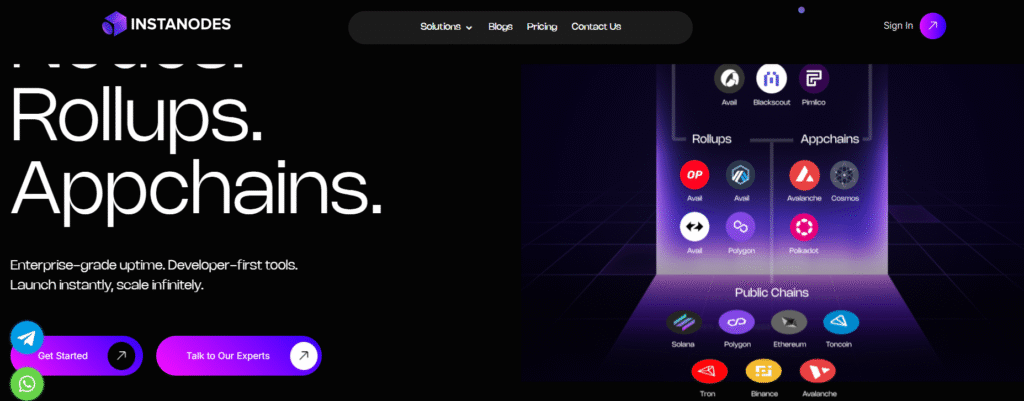
Ranked among the most reliable Rollup as a Service providers, Instanodes offers a robust, one-click deployment suite for launching rollups across zkSync, Polygon CDK, OP Stack, and Arbitrum Orbit. The platform is known for simplifying DevOps, optimizing uptime, and supporting full-stack deployment — from RPCs to sequencers to governance.
Key Features:
- Multi-stack rollup support (zk & optimistic)
- Native integration with RPCs, indexers, and DA layers
- 99.99% uptime SLA
- Built-in token modules and permissioning
- Developer support and enterprise SLA
Instanodes stands out for its enterprise-readiness and operational reliability, making it one of the best Rollup as a Service companies in 2025 for both startups and mature teams.
Ready to Launch Your Own Rollup In 10 minutes?
Instanodes offers production-ready Rollup as a Service with full-stack deployment, built-in monitoring, 99.99% uptime, and support for zkSync, Polygon CDK, OP Stack, and more.
2. Alchemy
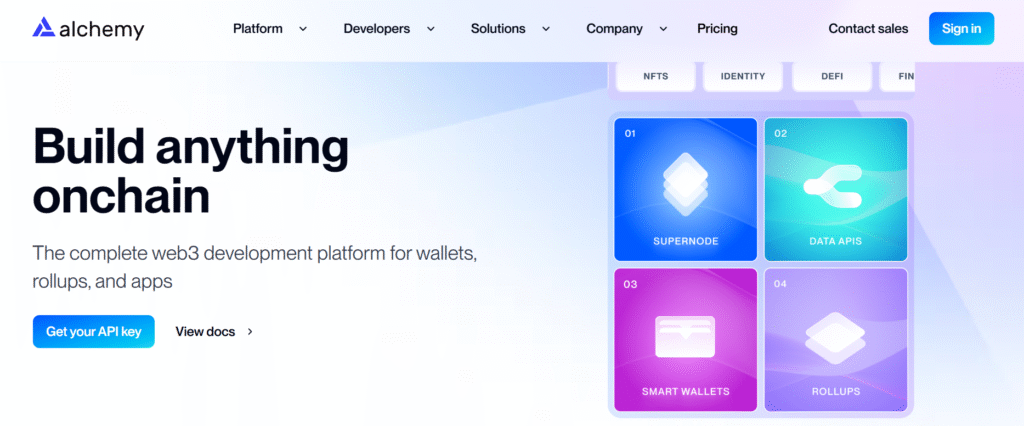
Alchemy, which had a Web3 developer platform, joined the RaaS industry in late 2024 and emerged as one of the most reliable Rollup as a Service providers in 2025. Its popularity stems from close integration with pre-existing APIs, monitoring dashboards, and toolkits utilized by thousands of developers globally.
Why It Stands Out:
- Developer-first experience
- ZK and optimistic rollup support
- Full observability and debugging tools
- Strong documentation and community
For startups already building on Alchemy’s infrastructure, deploying a rollup is now a seamless step forward.
3. Caldera
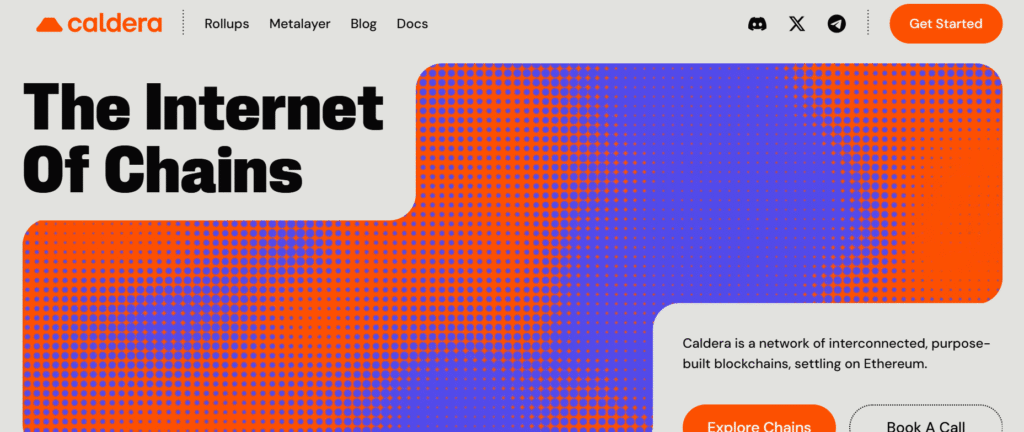
Caldera has carved out its niche as a performance-optimized RaaS platform with rapid deployment capabilities using the OP Stack. It’s especially popular among gaming and social applications due to its emphasis on user experience and high throughput.
Highlights:
- Near-instant chain setup
- Customizable gas models
- Integration with Ethereum and L2 bridges
- Real-time analytics dashboard
For teams building consumer applications with high UX expectations, Caldera is a top pick among the best Rollup as a Service providers.
4. Conduit

Conduit offers plug-and-play rollup deployments across both Arbitrum Orbit and OP Stack. Their user-friendly platform targets small to medium-sized teams looking to get to market quickly without compromising performance.
Why Choose Conduit:
- Simple UI for launching chains
- Built-in bridge and sequencer tooling
- Quick time-to-market (minutes to deploy)
- Dev-focused onboarding
Conduit’s approach to simplicity makes it a strong player among the leading Rollups as a Service providers in 2025.
5. AltLayer
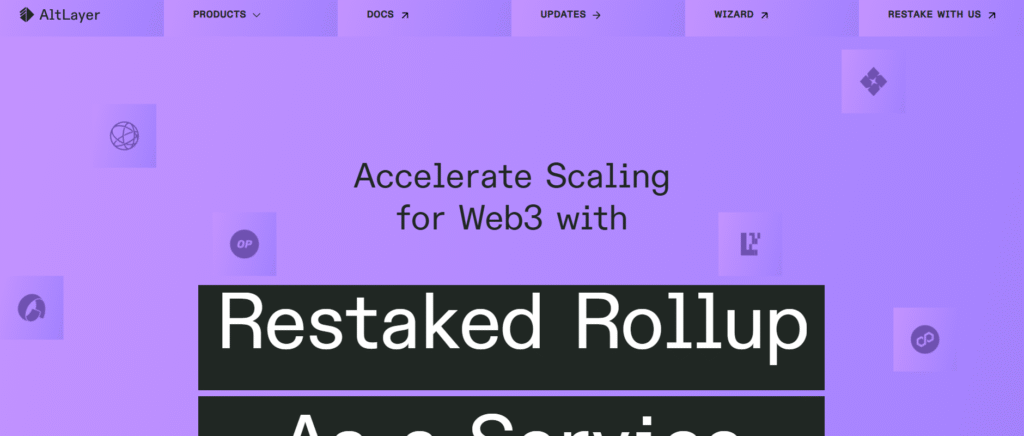
AltLayer is focused on offering “flash rollups” and ephemeral chains for use cases like NFT drops, gaming tournaments, and high-volume events. Its multi-framework architecture supports both ZK and optimistic setups.
Core Strengths:
- Layer 2 & Layer 3 support
- Support for ephemeral chains
- Advanced privacy and DA options
- SDK for modular configuration
AltLayer is a great choice for teams seeking modular, event-based deployments rather than permanent infrastructure.
6. Gelato
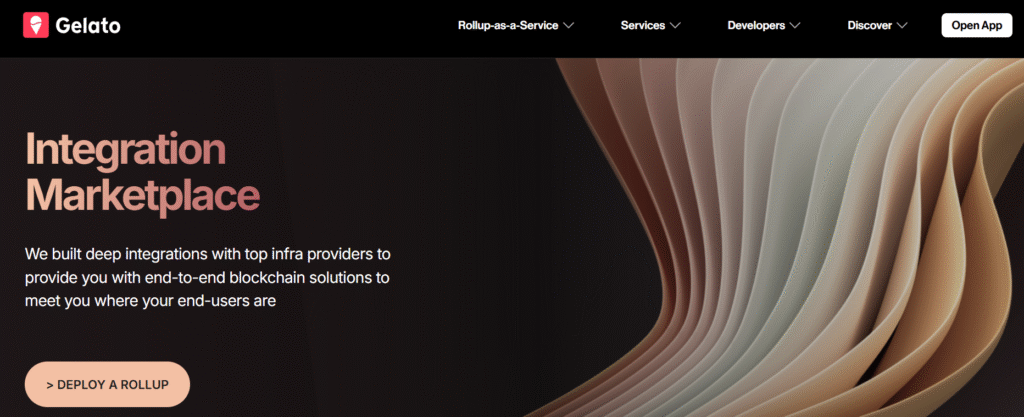
Gelato, known for its automation services in Web3, has expanded into RaaS with a focus on dApps that require continuous task execution, like DeFi bots or prediction markets.
Features:
- Task scheduling for rollups
- Integration with bridges and DA layers
- Built for automated workflows
While not as widely adopted yet, Gelato brings a unique angle to RaaS, targeting specialized automation-heavy projects.
7. QuickNode
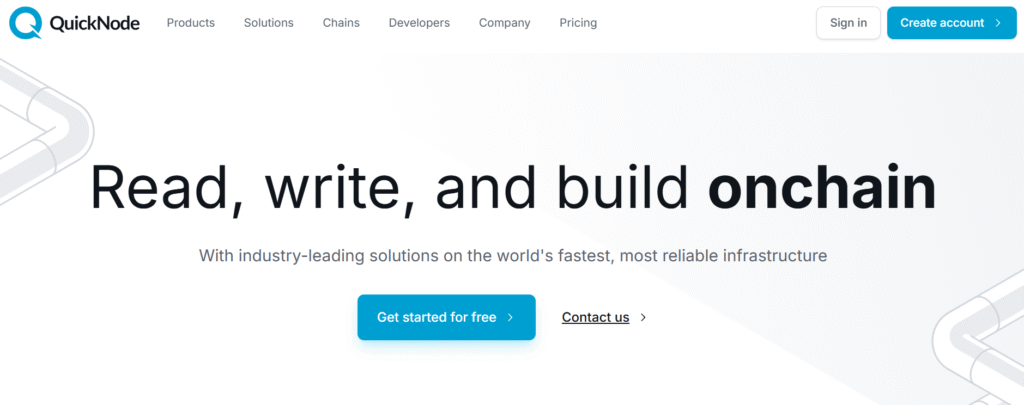
QuickNode has earned a strong reputation for providing powerful Web3 infrastructure and RPC services. It has also moved into Rollup as a Service, providing an easy method to deploy and operate high-performing rollups. With its rich history of powering blockchain APIs and nodes on Ethereum, Solana, and others, QuickNode now brings that reliability to rollup deployment.
What Makes It Stand Out:
- Plug-and-play rollup environments
- Seamless integration with QuickNode’s existing RPC, analytics, and monitoring suite
- Developer-first tooling with real-time performance tracking
- Supports multiple rollup frameworks, including Optimism and zkSync-based stacks
QuickNode’s entry into RaaS makes it an attractive choice for teams already leveraging its infrastructure, giving them the ability to extend their dApps into dedicated, scalable rollups without changing providers. Its trusted uptime, global node network, and robust API layer position it as one of the most reliable Rollup as a Service providers in 2025.
Performance Benchmarks: Comparing Transaction Throughput, Finality Times, and Uptime Records
Are you confused about which rollup service is best for blockchain projects? Here are the essential parameters that you need to consider:
- Transaction throughput isn’t everything – Quality and complexity of transactions matter more than raw numbers.
- Finality speed determines user experience – Sub-second confirmation makes or breaks real-world applications.
- Uptime is non-negotiable – 99.9% availability is table stakes for production systems.
- Latency optimization enables new use cases – Gaming and trading require lightning-fast response times.
Here’s where the rubber meets the road. You can have the most elegant architecture and brilliant marketing in the world, but if your rollup can’t handle real user demand when it matters most, none of that matters. We’ve all seen promising projects crumble under their first taste of viral success – remember when CryptoKitties brought Ethereum to its knees back in 2017?
The good news is that today’s best Rollup as a Service providers have learned from these early growing pains and built systems that can actually scale with demand. But evaluating which rollup service is best for blockchain projects requires looking beyond the headline numbers that marketing teams love to tout.
Take transaction throughput, for example. Yes, it’s great when a provider says they can support 10,000+ transactions per second, but what are these transactions? Basic token moves are one thing – intricate DeFi operations with multiple calls to smart contracts, oracle uploads, and cross-chain bridges are altogether other animals. The astute providers are concerned with actual-world transaction sophistication, not theoretical limits that only function under ideal lab conditions.
Finality times have become the make-or-break metric for user adoption. Think about your own experience using traditional apps – would you wait 30 seconds for your Instagram post to upload, or 2 minutes for your Uber ride to be confirmed? Of course not. Yet somehow, the blockchain industry has trained users to accept these kinds of delays as “normal.” The leading RaaS providers have shattered these expectations, delivering sub-second soft finality that makes Web3 applications feel as responsive as their Web2 counterparts.
Uptime figures paint a picture that exceeds mere percentages. You easily get impressed with a 99.9% uptime rating, but that is still more than 8 hours of downtime in a year. On a DeFi protocol seeing millions in daily volume, or a gaming site with ongoing tournaments, short outages are causing serious losses and angry users.
The most reliable Rollup as a Service providers have made heavy investments in redundancy systems and geographic distribution, apart from offering proactive monitoring that extends availability far beyond these minimum baselines.
Latency optimization has opened doors to entirely new categories of applications. High-frequency trading protocols that were impossible on traditional blockchains now operate seamlessly on optimized rollup infrastructure. Real-time gaming experiences that require instant feedback can finally deliver console-quality responsiveness. Video streaming platforms can process micropayments without forcing users to wait between actions.
Launch Your Own Rollup Effortlessly With Our Experts
Launch your own rollup effortlessly with expert support and uptime assurance. Experience enterprise-grade rollup infrastructure with 99.99% uptime and full monitoring.
Wrapping it Up
The Rollup as a Service landscape has come of age in 2025, with the most reliable Rollup as a Service providers becoming go-to infrastructure partners for the Web3 economy. The intersection of better performance, lower costs, and better developer experiences has established RaaS as the go-to scaling solution for projects from DeFi protocols to gaming platforms and enterprise applications.
The success of RaaS has structurally changed the paradigm of blockchain development, allowing teams to concentrate on innovation as opposed to infrastructure administration. This has sped up the rate of Web3 adoption and facilitated use cases that were formerly unviable because of scalability limitations.
In the future, the best Rollup as a Service providers are set up for success to enable the next generation of blockchain innovation. Continued investments in performance tuning, security feature enhancements, and developer tooling will position the infrastructure to handle the increased loads of mainstream Web3 adoption.
The decision of which rollup service is best for blockchain projects is a matter of careful determination of particular needs, but the number of high-quality alternatives means that there will be an adequate solution for almost any application. As the environment continues to mature, the major Rollups as a Service providers will take on a more and more pivotal role in determining the destiny of decentralized applications and the overall Web3 ecosystem.
The maturation of RaaS represents more than just a technological advancement – it signifies the infrastructure foundation necessary for Web3 to achieve its potential as the next iteration of the internet. The best Rollup as a Service companies have built the bridges that will carry blockchain technology from its current niche applications to mainstream adoption, making 2025 a pivotal year in the history of decentralized technology.
